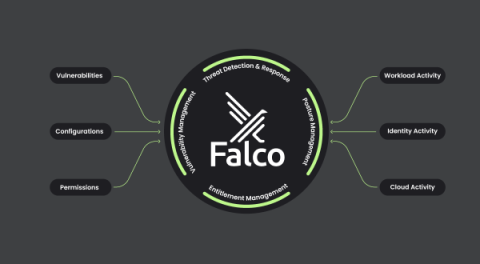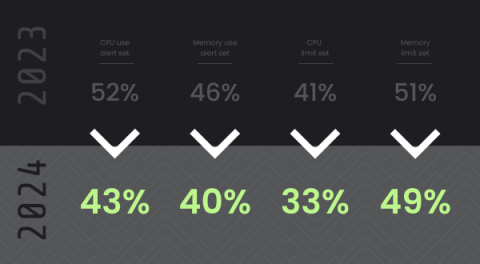Exploring Syscall Evasion - Linux Shell Builtins
This is the first article in a series focusing on syscall evasion as a means to work around detection by security tools and what we can do to combat such efforts. We’ll be starting out the series discussing how this applies to Linux operating systems, but this is a technique that applies to Windows as well, and we’ll touch on some of this later on in the series. In this particular installment, we’ll be discussing syscall evasion with bash shell builtins.











